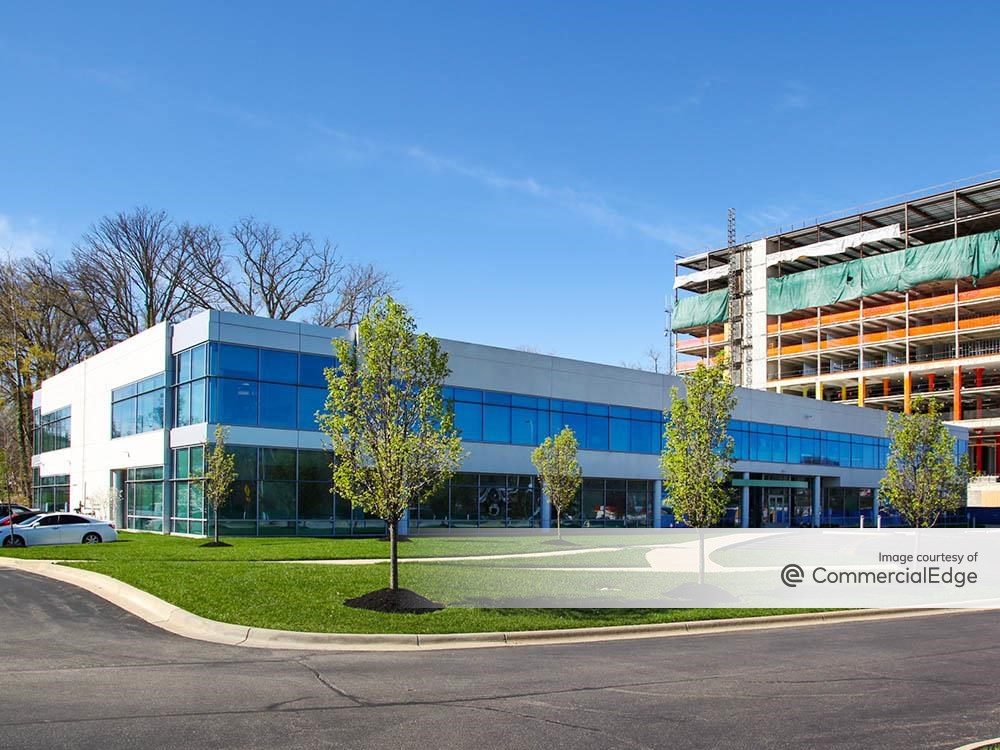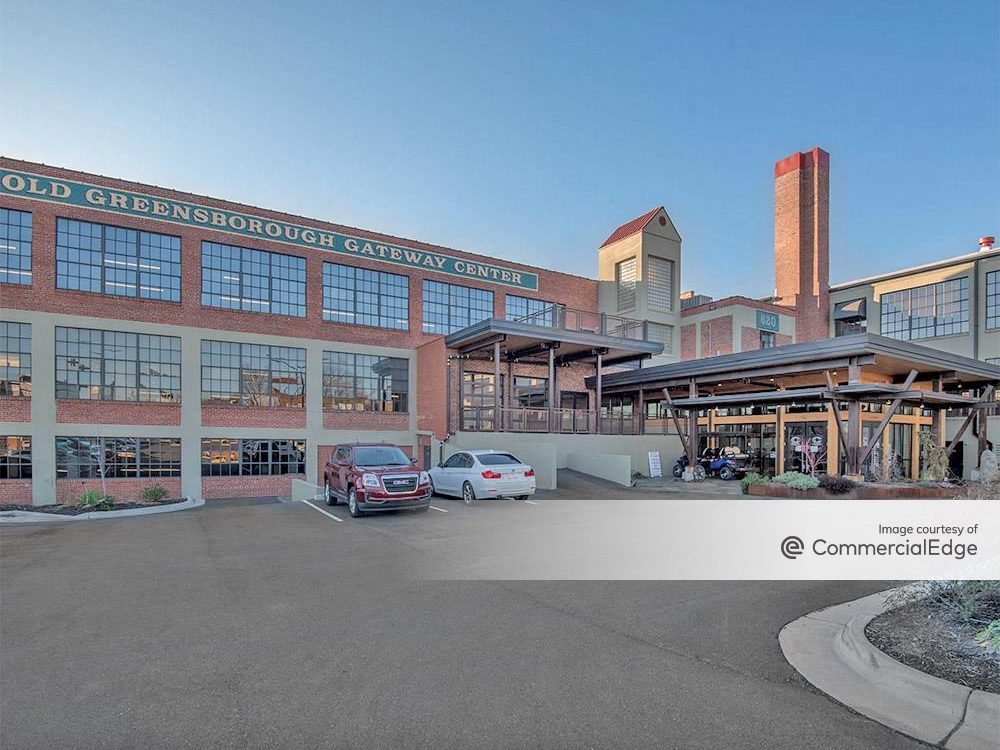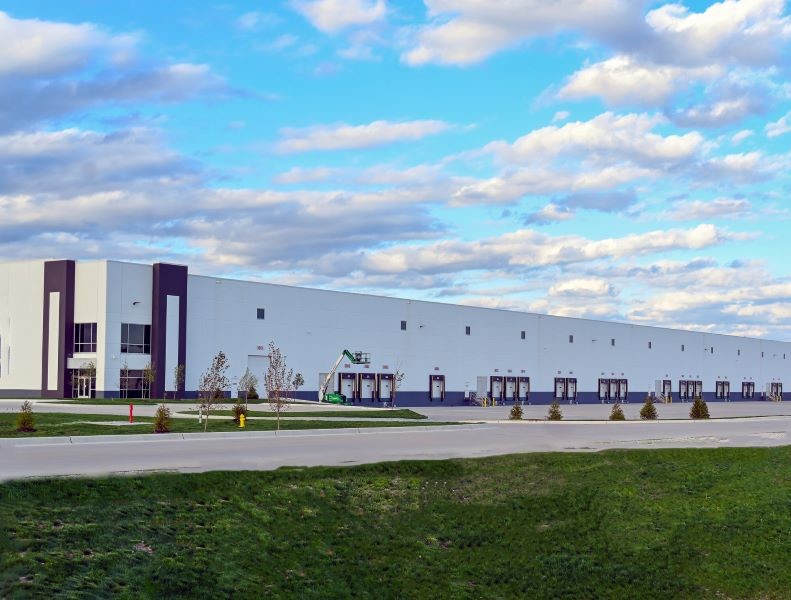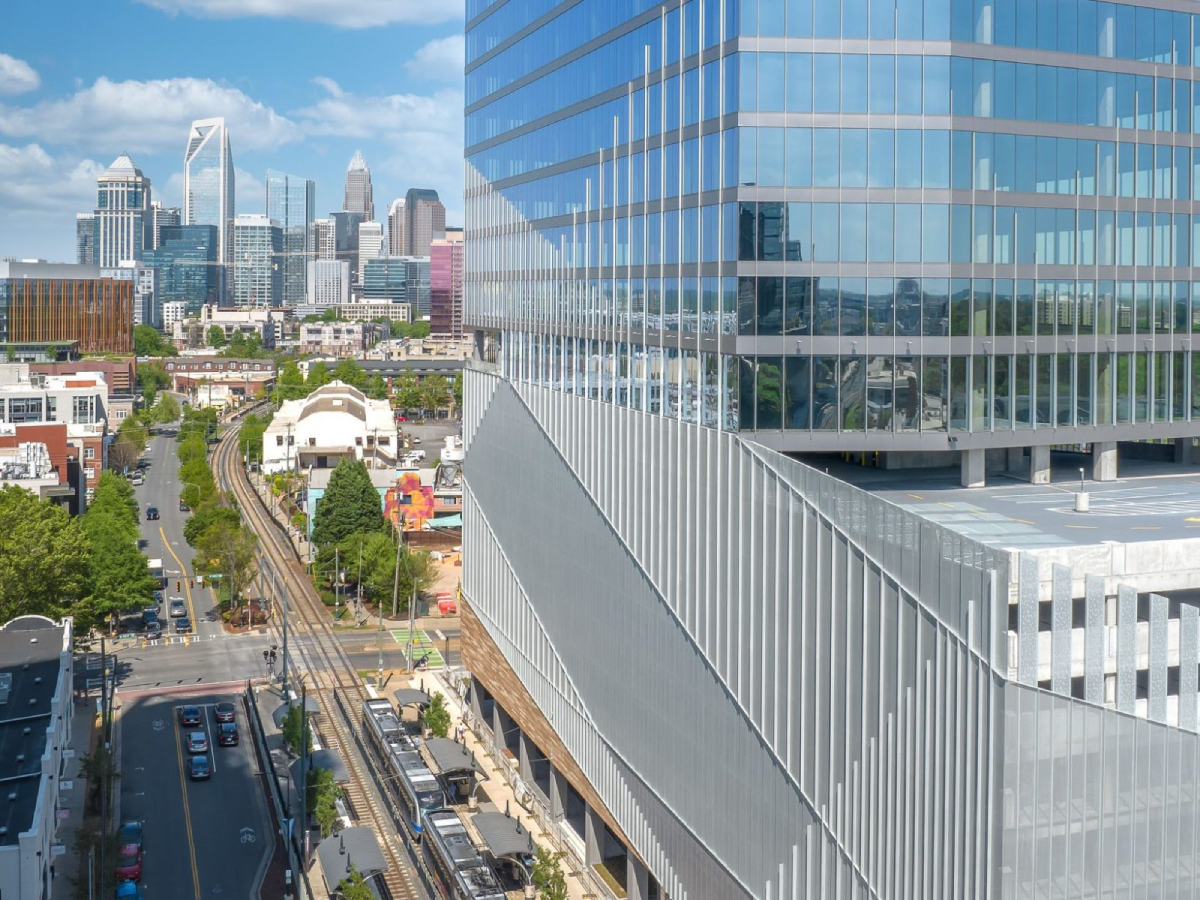Advancing Technology
Welcome to the Age of Smart Buildings.
Ah, the dog days of summer. A time of peak loads and overcooled offices, when the limits of the electrical grid are put to the test. In New York City, people walk past open store entrances in hopes of catching a breeze. In Houston, commuters dash from air-conditioned cars to air-conditioned offices. For building owners, whether in the North or South, maintaining energy efficiency is a chore, managing energy costs a challenge.
Technological advances, though, are improving this picture, allowing for more comfortable temperatures in office and retail facilities while improving building performance and benefiting the bottom line. Welcome to the Age of Smart Buildings, a time when new technologies are proliferating, aimed at improving the way we operate, protect and maintain our properties.
But those technologies are not just multiplying, they are expanding into an increasingly wide variety of areas. Established companies and new players are constantly coming up with fresh ways to collect data, control equipment, forecast demand and align multiple systems. While some of those methods are evolutionary, others are revolutionary, introducing new concepts and possibilities. Take the examples Realcomm managing partner Howard Berger offers in his Market View, “Top Tech Trends for 2015.” Recently demonstrated at IBcon, these advances include new generations of property, asset and lease management software, but they also include security innovations such as intelligent incident communication and in-motion facial and gait recognition, 3D holographic visualization—not to mention the ever-intriguing drone.
Another increasingly discussed phenomenon is the Internet of Things, a broad concept that is taking shape within the commercial real estate sector as a class of innovations that improve both personal interaction with the building and performance of the building itself. As this concept unfolds, it is taking operations to a whole new level.
As further options are launched, they will likely draw an ever bolder line between the haves and the have-nots. Newly developed buildings that offer advanced technologies, or those retrofit to incorporate them, will cost less to run, emit fewer pollutants and keep tenants happier than those older assets that cannot be upgraded affordably, if at all. More progressive properties will exhibit stronger occupancy and command higher rents than their disadvantaged cousins.
It pays, then, to evaluate new building technologies and maybe even play a more active role in their evolution, as is Simon Property Group Inc. And when the heat of summer returns next year, you’ll be ready to take on peak demand and overcooled tenants.








You must be logged in to post a comment.